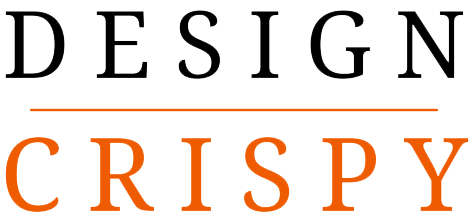Fundraising is the lifeblood of any nonprofit organization, crucial for not only keeping the doors open but also for expanding outreach and impact. It can be a challenging endeavor, particularly in a crowded and competitive landscape where many organizations are vying for attention and support. However, with the right strategies in place, your nonprofit can not only meet its fundraising goals but exceed them.
This blog post explores five easy fundraising strategies that have been proven to help nonprofits succeed. Implementing these strategies can enhance your ability to generate funds consistently, allowing you to focus more on your core mission and less on financial uncertainties.
Engaging Storytelling
In today’s digital age, a compelling story can go a long way in capturing the attention and hearts of potential donors. Storytelling is not about just listing achievements; it involves creating an emotional connection by showing the real-world impact of your organization’s work. Engage your audience with stories of individuals or communities who have directly benefited from your efforts. This personalized approach will help donors see the human side of their contributions. To deepen your understanding, check this insightful website.
Moreover, sharing success stories through newsletters, blogs, social media posts, and videos can keep donors regularly informed and engaged with your cause. Remember, every narrative should motivate action, prompting supporters to contribute to a continuing success story.
Community-Focused Events
Organizing community events is a fantastic strategy for both raising funds and enhancing visibility within the local community. Whether it’s a charity run, a gala, or an auction, events give individuals a chance to engage with your cause on a more personal level. They can also attract local press coverage, spreading awareness even further.
When planning events, consider the interests and resources of your target audience to ensure high participation rates. Strategic partnerships with local businesses for sponsorships or venue hosting can reduce costs significantly and foster lasting relationships within the community.
Digital Fundraising Campaigns
With most of today’s interactions happening online, having a solid digital fundraising strategy is essential. This includes optimizing your website for donations, running email campaigns, and maintaining active social media profiles where supporters can learn about your cause and easily share your content.
Increase engagement by incorporating tools like mobile giving apps or setting up recurring donation options. The easier you make it for people to donate, the more likely they will do so. Leveraging days like #GivingTuesday can also provide an added push to digital campaigns, tapping into global movements that resonate with millions.
Grant Writing
Applying for grants is another vital strategy in a nonprofit’s fundraising toolkit. Thoroughly research potential grant opportunities from governments, foundations, and even corporations that align with your nonprofit’s mission. A well-written grant proposal should outline the necessity of funding clearly and detail how it will be used to achieve specific outcomes.
This process requires patience and persistence since competition for grants can be stiff. However, securing even a few grants can provide substantial funds tailored to projects that have the scalability and impact to take your initiatives to the next level.
Corporate Partnerships
Partnering with businesses can lead to numerous benefits beyond direct financial support such as in-kind donations, co-branded marketing efforts, or corporate volunteer programs. Identify companies whose corporate social responsibility (CSR) objectives align with your mission and propose mutually beneficial partnerships that provide value on both sides.
To maintain these relationships long-term, continually show the tangible benefits of their support through regular updates on how their contributions are making a difference. This reinforcement encourages ongoing participation and might attract additional partners as well.
To wrap up, successful fundraising requires creativity, perseverance, and an openness to utilizing a combination of strategies tailored to fit your nonprofit’s unique needs and demographic reach. By incorporating these easy fundraising strategies into your overall plan, you can ensure steady growth in donations enabling impactful work towards your mission.
In conclusion, remember that building trust through transparency about how funds are being used is critical. This creates donor confidence and loyalty which are key components for sustainable fundraising success. Be proactive in adapting these strategies as trends shift over time but keep consistency in nurturing relationships with all stakeholders involved in fundraising efforts.
